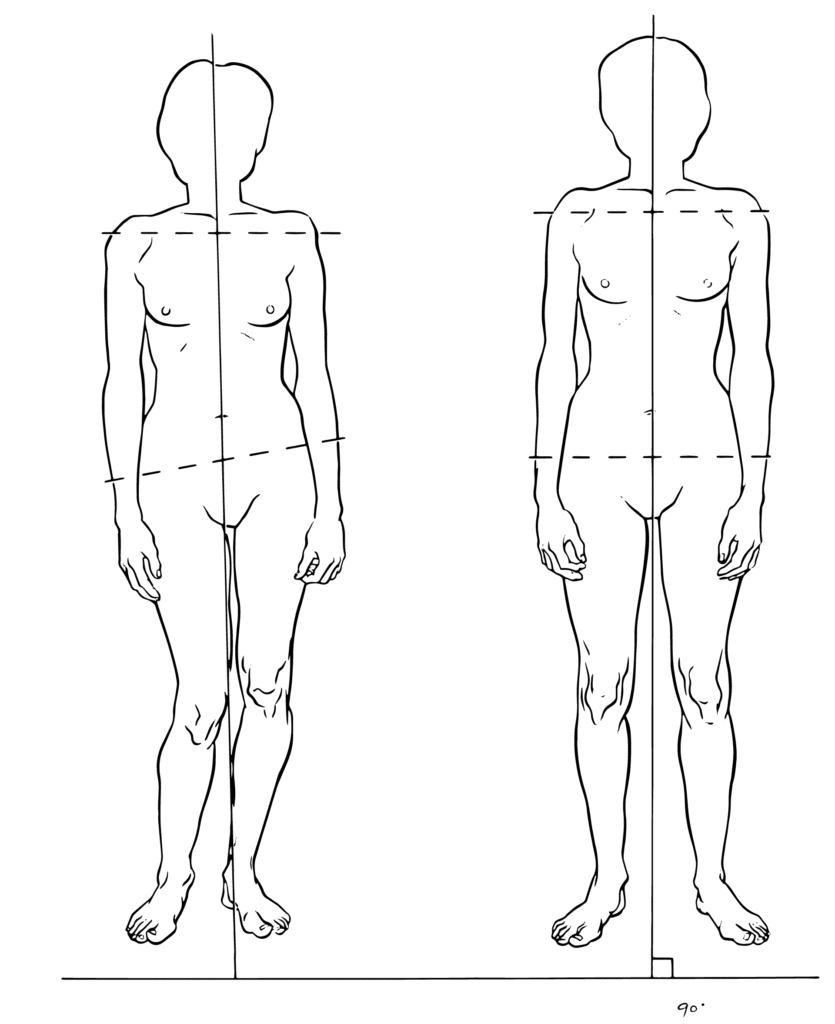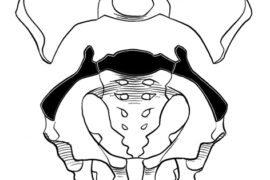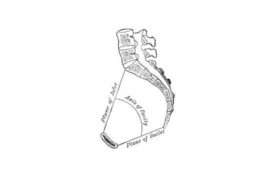
Unhelpful movement patterns
Pregnancy-related PGP is most likely due to the ‘less helpful’ motor patterns which are caused by -and then lead to less muscular support and control of the pelvic joints. Using these unhelpful, protective strategies results in pain, which then leads to a cycle of protection, changed movement patterns, loss of confidence and more pain. Movement patterns which keep the PGP cycle going usually involve tightness and squeezing of the inner thigh and pelvic floor muscles.
Helpful patterns help
 Check the picture on the left. It shows how pelvic control can be regained using good postural and movement patterns. The Rost Therapy™ approach effectively addresses these unhelpful movement patterns during pregnancy and results in less pain, despite the increased pelvic joint mobility.
Check the picture on the left. It shows how pelvic control can be regained using good postural and movement patterns. The Rost Therapy™ approach effectively addresses these unhelpful movement patterns during pregnancy and results in less pain, despite the increased pelvic joint mobility.
Research
Research has found many important factors that help us understand why so many women experience PGP during or after pregnancy. These include history of back pain, psychological factors, past traumas, and some specific sports done in youth (such as swimming, horse back riding or gymnastics). More research is needed to help us understand these additional factors better, as well as to find others.











